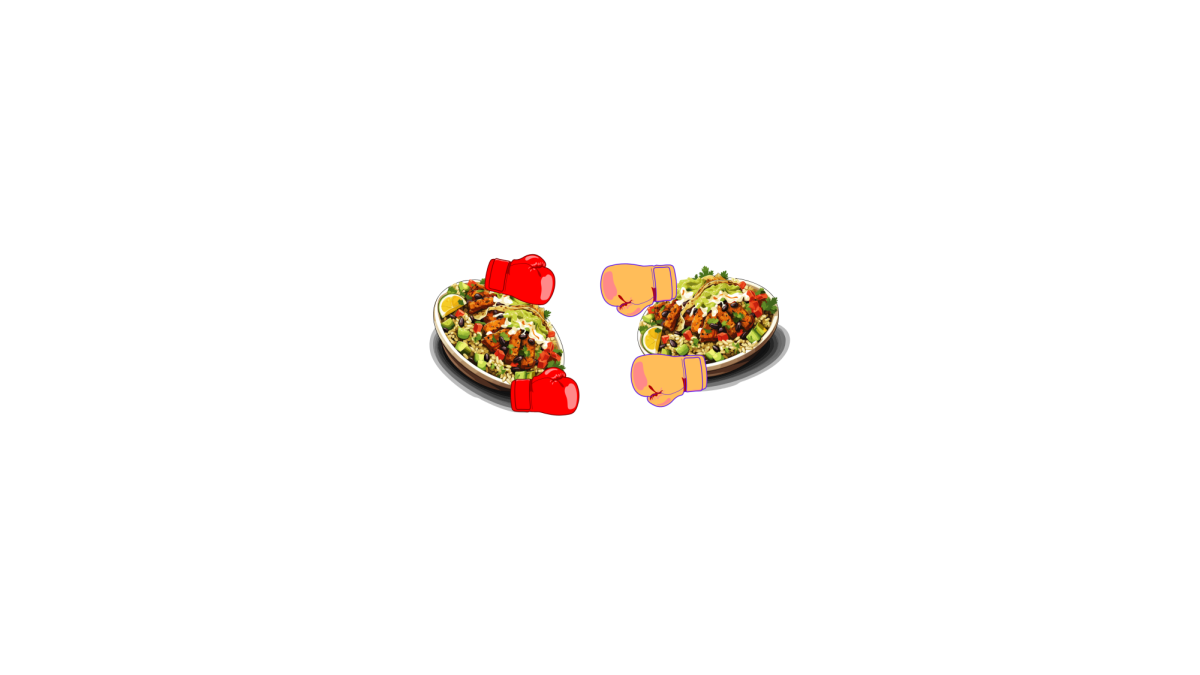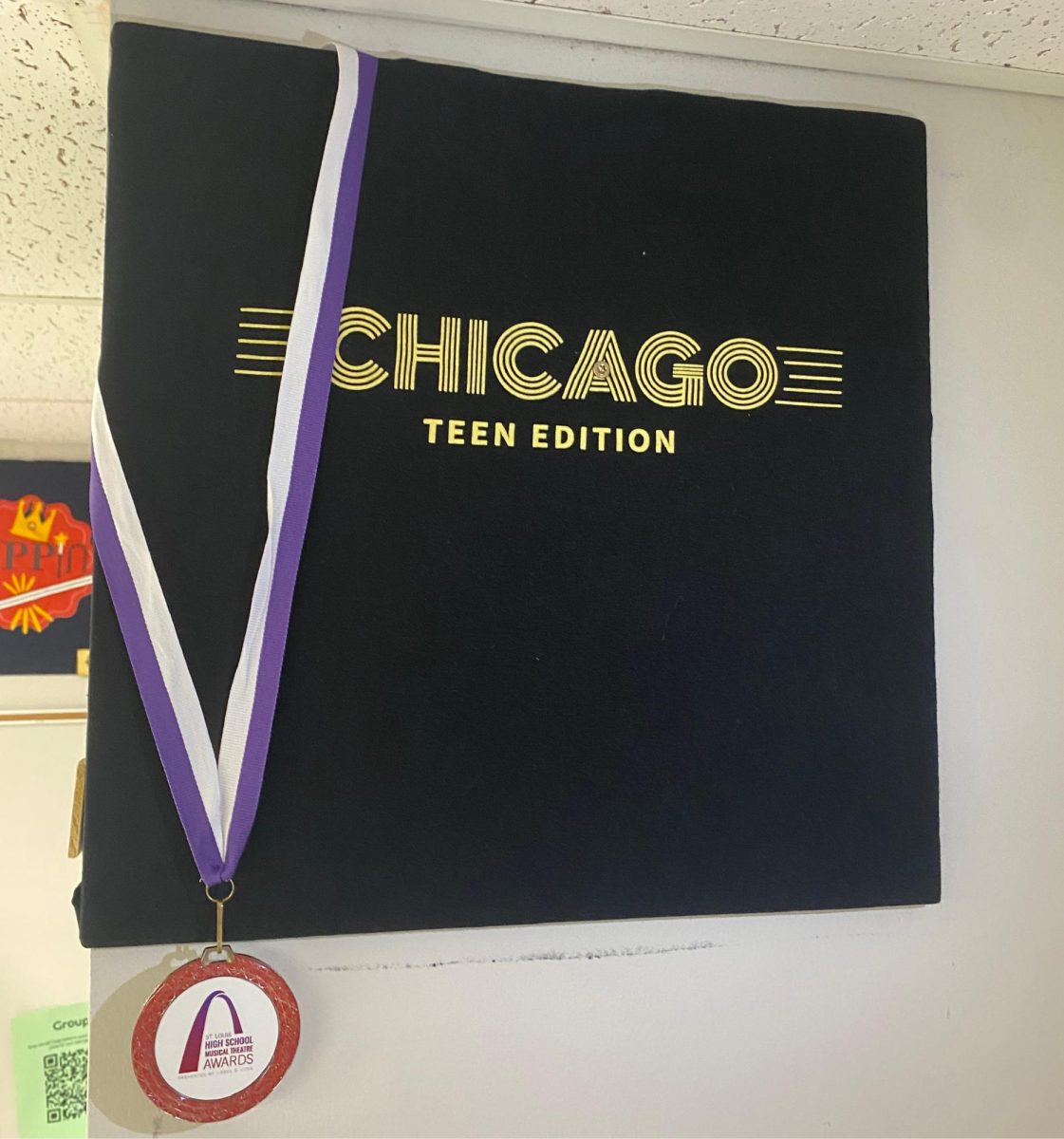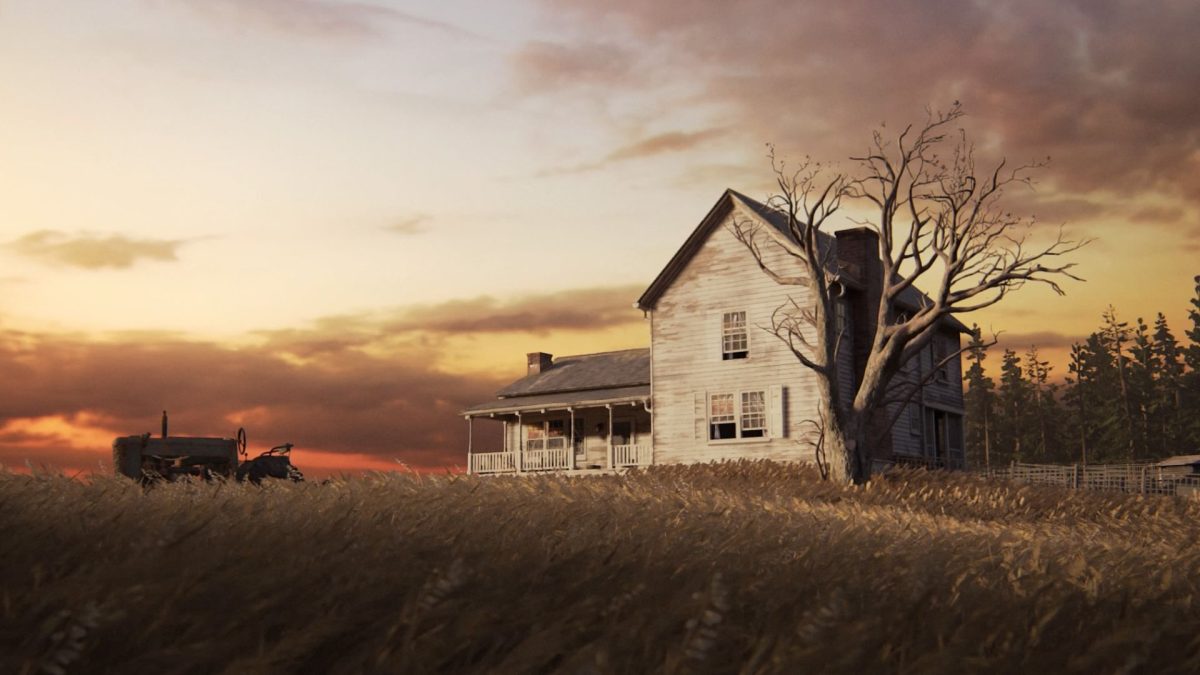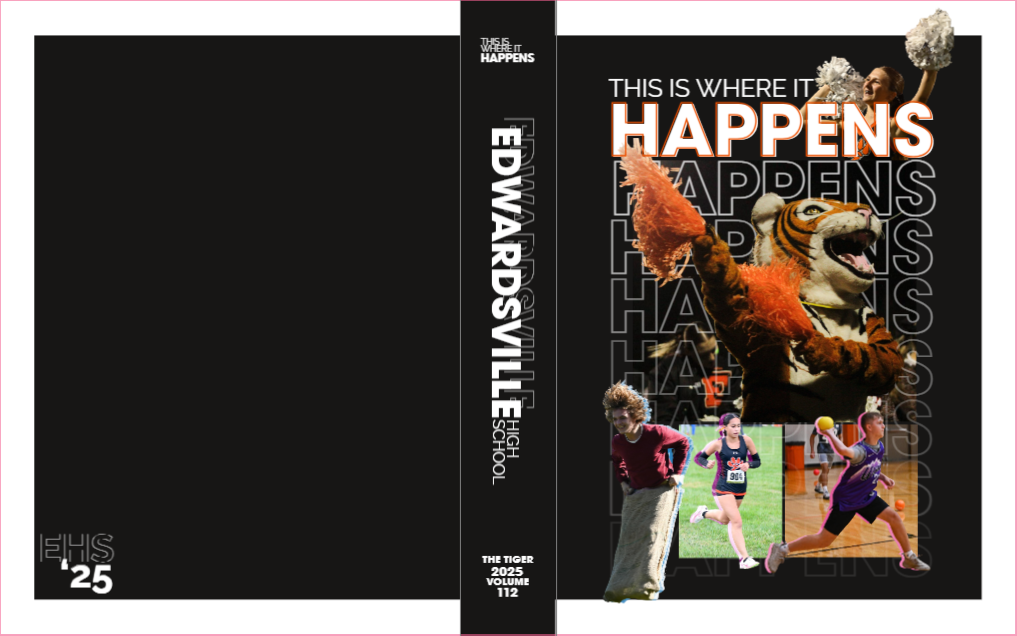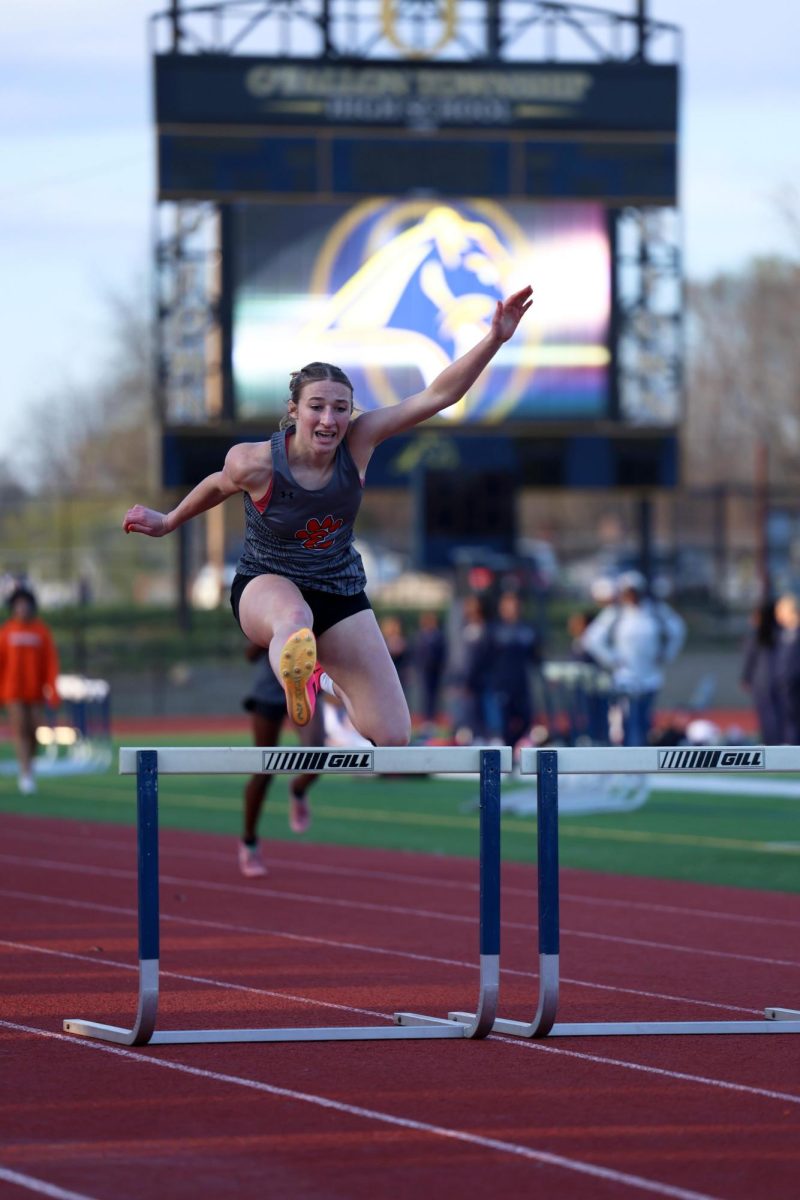Strolling Through the Seiwa-En: An Overview of the Japanese Festival
September 7, 2017
Foreign foods, enchanting music and thousands of years of culture to learn about were all present for the entire three-day weekend at the Missouri Botanical Garden for the annual Japanese Festival.
Founded in 1977, it is “one of the largest and oldest festivals of its kind in the United States” according to the official Missouri Botanical Garden website.
The festival takes place throughout all the Missouri Botanical gardens, but main events occur in the Seiwa-en, the Japanese Garden. The Seiwa-en is described in the brochure handed out at the entrance as “the garden of pure, clear harmony and peace.”
Since 2017 marks the fourth decade of the Seiwa-en, there will be a special photography tribute on Sept. 7 and 8. This exhibition will focus on the past 40 years of history, festivals and year-round beauty of the garden.
Although there are three days of the festival, many aspects stay the same each day, giving an even amount of cultural exposure to each round of attendees.
Options in the food court, such as Café Roji, Drunken Fish and Kampai Sushi Bar, are always available. Vendors of pottery, plants, jewelry and anime goods are also present for the entire festival.
Even many activities, like a cooking demonstration, balloon art and guided walking tours of the Japanese gardens, take place every day of the festival.
However, some special events in the gardens were day-specific. Karaoke was only an option if you came on Sunday, and you could only view the movie “The Boy and the Beast” at the outdoor Shoenberg Theater if you came on Saturday.
No matter which day it was, each night ended the same way: a candlelight walk through the Japanese Garden.
Paper lanterns floated on the top of the pond inside the Seiwa-en, the reflection of their dim light creating a shimmering effect along the surface of the water.
“It was like lighting up a dark room,” said Sophie Davis, an EHS Freshman who attended the festival on Sunday. “You feel inspired just looking at it.”
Those who attended believe it was a perfect way to finish off the night, like freshman Helen De Martino, who cited the lighting of the lanterns as her favorite part of the festival.
De Martino’s Japanese language teacher recommended she attend the festival, and she wasn’t disappointed with what she experienced, stating that she “had a lot of fun.”
The three days were eventful for all who went, no matter who turned them on to the annual celebration, and none who attended seemed to regret.


